Picking the longest-lived empires in history is complicated, as most empires don’t have official start or end dates. Most successful empires – much like modern nations – were gradually built from small settlements over the years, sometimes even decades. Almost all of them ended over a span of many years or decades, too, making it difficult to tell exactly how long they lasted.
Some empires, however, lasted so long that we don’t need to see the precise dates to be sure – even a rough estimate will make it clear. Spanning over many centuries – sometimes even millennia – all of these longest-lived empires may not have been the most successful ones, too, though they do deserve praise for holding out for so long.
10. The Chalukya Empire (600 – 1200 AD)
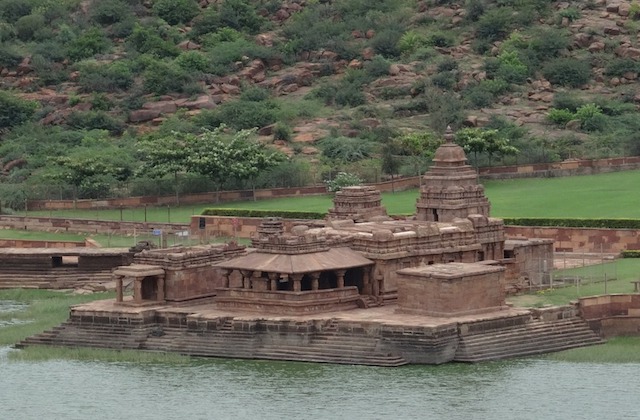
The Chalukya Empire was actually made up of three separate empires spread across over six centuries, starting from the 6th century AD. They’re still counted as the same empire, though, as they all descended from the same Chalukya dynasty – a royal dynasty from the southern and central parts of modern-day India.
Even though the origins of the earliest Chalukya dynasty – the Chalukyas of Badami – are unknown, by the sixth century, they had emerged as the major power in one of the richest regions of the world at the time. At its peak, the Chalukyas commanded an empire spanning across the entire south India, Deccan, as well as parts of northern states like Bihar.
In the year 624, the Chalukyas separated into two separate kingdoms – the eastern and western Chalukya empires. While the Eastern Chalukyas ruled from Vengi until the 11th century, the Western Chalukyas – with their capital in Kalyani (modern-day Basavakalyan) – existed till the end of the 12th century.
9. The Ethiopian Empire (1270 – 1974 AD)

Africa is rarely remembered for its empires, though if you take an even passing look at its history, you’d find that the vast continent has been home to some of the biggest and longest-running empires in history.
One of the most successful of all African empires was the Ethiopian Empire – also known as Abyssinia – lasting from 1270 to 1974. In the nearly seven centuries of its existence, Ethiopia existed as a militarily and economically-successful Christian state. Its rulers claimed descent from King Solomon, and the empire was often at war with the Ottomans for territory across Northern and Eastern Africa.
The Ethiopian Empire – which eventually ended with a military junta deposing the emperor in 1974 – remains the only African country to have never been successfully invaded by a foreign power.
8. The Khmer Empire (802 – 1431 AD)
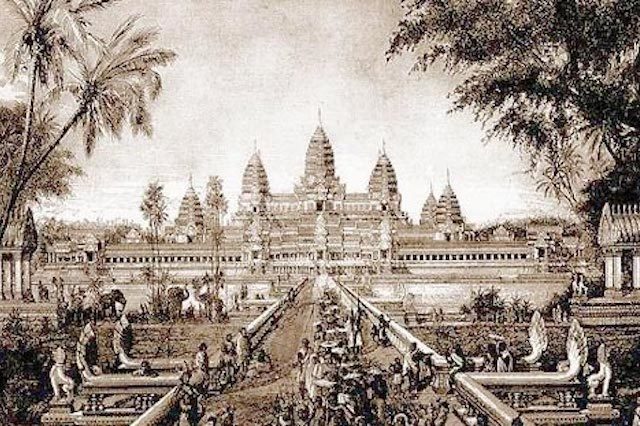
Around the end of the first millennium, when almost the entire western world was going through the dark ages, new empires were rising in the east. From the Middle East to Central Asia to India, borders were shifting overnight, as conquest and war gave way to a multitude of diverse cultures coming together to form entirely new societies.
By far the longest-running of them all was the Khmer Empire, with its capital in Angkor. It was established by Jayavarman II in 802 AD, when he conquered every small ruler in the region and declared himself chakravartin, or ‘the universal ruler’.
At its peak, the Khmer Empire ruled over most of modern-day Cambodia, Thailand, Laos, and southern Vietnam, with trade routes going as far as India and the Middle East. It was the biggest power in Southeast Asia until its decline in the 14th and 15th century. Historical sites like Angkor Wat and Bayon provide us with a glimpse into the true wealth and power of the empire, as its influence could still be seen in art and culture across the region.
7. The Kanem-Bornu Empire (9th century – 1808 AD)
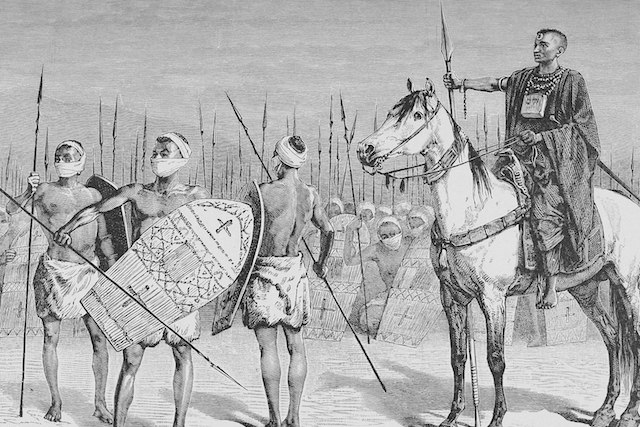
Another major historical empire from Africa, the Kanem-Bornu Empire – named after its two capitals at various times – emerged around Lake Chad around the mid 9th century. At its peak, it included huge chunks of Chad, Cameroon, Nigeria and Libya, as it regularly trades with other powers in the north through extensive land trade routes spread across North Africa and the Middle East.
Founded by the Sef dynasty, the empire existed as an Islamic state with its capital at Kanem, giving it access to the trading markets of North Africa, Nile Valley and the Sub-Saharan region. That was until Kanem was invaded by the Bulala people in the 14th century, and the capital was shifted to Bornu. That remained until the emperor was deposed and driven out of the capital by the Fulani people of Nigeria in 1808, ultimately ending one of the most successful and longest-running empires in history.
6. The Ottoman Empire (1299 – 1922 AD)
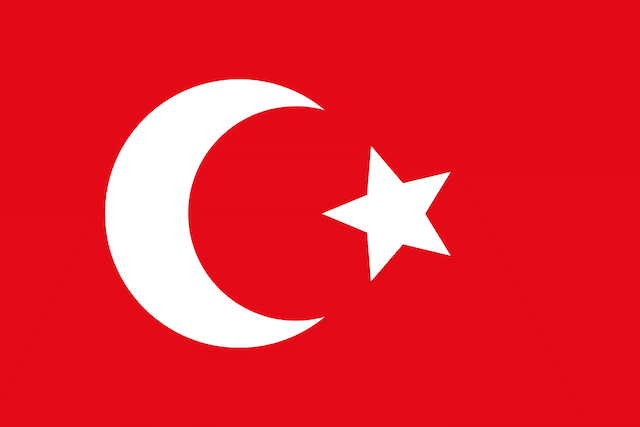
The Ottoman Empire wasn’t just one of the longest-running empires in history, it was also one of the largest. At its height, the empire included almost all of south-eastern Europe, a major part of modern-day Middle East including Iraq, Syria, Israel, Arabian Peninsula and Egypt, as well as North African countries like Libya and Algeria.
Established around 1300 AD, the Ottoman empire was named after Osman I – one of the many Turkish warchiefs in Anatolia at the time. He expanded his principality to cover almost the entire Anatolian region, before moving on to Byzantine territories in southeastern Europe.
The major turning points for the Ottomans were the conquest of Constantinople in 1453 – which established them as a major power in Europe and essentially ended Byzantine hegemony in the region – and their occupation of the holy sites of Islam following their victory over the Mamluks. That gave them legitimacy as the rulers of the Islamic world, as well as a major military power in the region. It ended with the First World War and the establishment of the Turkish Republic in 1922.
5. Silla (57 BC – 935 AD)

Silla (also known as Shilla) was one of the three major kingdoms in ancient Korea, the other two being Paekche and Koguryo. Established by Bak Hyeokgeose – a common ancestor to all Park clans – in 57 BC, it existed as a separate coalition of clans until the rise of the monarchist Kim dynasty. From 356 – 402 AD, King Naemul established the rule of law and various other reforms, as well as conquered more territory to further expand Silla’s borders.
While Silla existed as an empire till 668 AD – already making it one of the longest-lived empires ever – that wasn’t the end of it. With the help of the Chinese Tang Dynasty, Silla soon conquered the neighboring regions of Paekche and Koguryo, unifying the entire region under a unified Silla Dynasty that lasted till 935 AD.
4. The Venetian Republic (697 – 1797 AD)
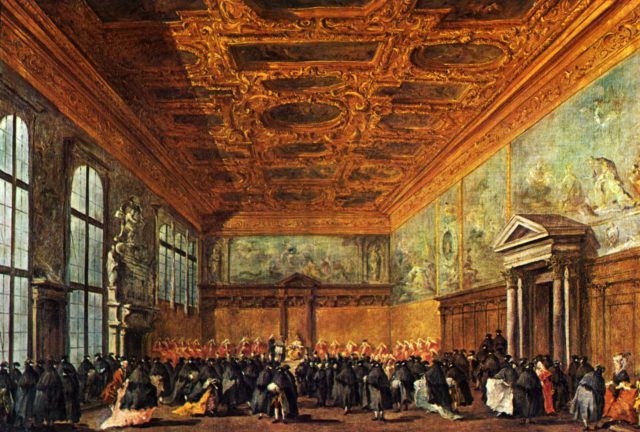
The Venetian Republic wasn’t strictly speaking an empire, as it was more of an independent city state, or even a successful, medieval-era corporation with its own feared private army. Regardless, Venice deserves a spot on any list of the longest-lived empires in history, as it lasted for almost 1,100 years!
According to sources from the 11th century, Venice was established as a republic in 697. While it relied on the salt trade in the beginning, its strategically-advantageous position in the Mediterranean allowed it to prosper as a major trading power in the region. It was also a naval power, commanding one of the largest maritime forces in the world at that time.
The Venetian Republic was essentially an oligarchy of rich merchants and aristocrats with a monopolistic control on almost all trade in the Mediterranean, where trade, arts and culture flourished until the discovery of new trade routes in the Atlantic. The republic officially came to an end in 1797 AD, when it was successfully invaded by Napoleon.
3. The Holy Roman Empire (800 – 1806 AD)
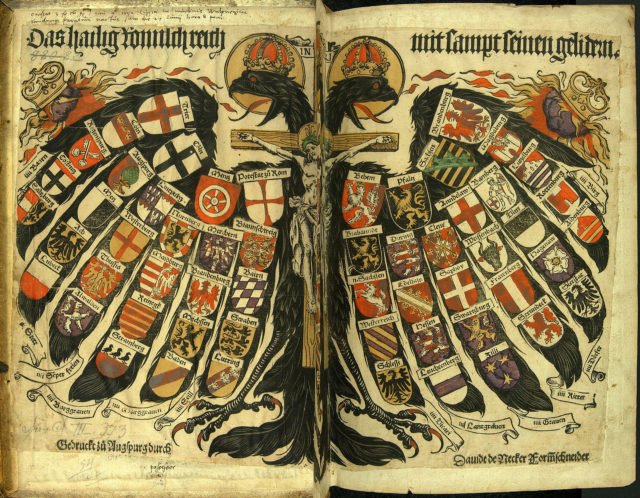
The Holy Roman Empire was born out of a hierarchical dispute in the Byzantine Empire, or the Eastern Roman Empire – the direct descendant of the ancient Roman Empire, which we’d get to in a bit. While the Eastern Empire, with its capital at Constantinople, was widely recognized by all Christians to be the new seat of Roman power, that changed in 797 AD, when Emperor Constantine VI was deposed by his mother Irene.
While that didn’t change anything on the Eastern side, many in Western Europe refused to recognize a woman as the new Roman emperor. That includes Pope Leo III, who went on to declare the Frankish king Charlemagne as the new emperor of the Romans in 800.
The new empire included many territories across Europe at various times in its nearly 1000 years-long history. At its peak, the Holy Roman Empire – with its capital in Rome – stretched from France in the west to the kingdoms of Poland and Hungary in the east, and from the Danish territory in the north to the Alps in the south. It would remain a major power in Western and Central Europe until 1806, when it was abolished due to the Napoleonic Wars.
2. The Kingdom Of Kush (1070 BC – 4th century AD)

Kush was a kingdom that emerged in 1069 BC in Nubia – a region along the Nile Valley in what is modern-day Sudan and southern Egypt. While the history of the Nile is often associated only with Egypt, Kush was a distinct, militarily-strong kingdom with trade routes going as far as India and the Arabian peninsula, along with a full-fledged language and script of their own.
From 1069 to its demise in around the middle of 4th century AD, the Kush kingdom was almost consistently at war with Egypt. The Kushite king Kashta even managed to take control of the Egyptian empire and declare himself Pharaoh in 750 BC, establishing the Kushite-led 25th Dynasty that ruled Egypt until the Assyrian invasion around a century later. Regardless, Kush would remain a major power in the region until its downfall in the fourth century, which makes it by far one of the longest-running empires in history.
1. The Roman Empire (27 BC – 1453 AD)

The Roman Empire‘s influence on the rest of the world can’t be overstated. It was, in a way, the birthplace of the entire concept of empires. Established by Augustus Caesar in 27 BC – after years of political turmoil in the wake of Julius Caesar’s assassination in 44 BC – the Roman empire would go on to become one of the largest and most successful empires in history.
Augustus’ reign ushered in an era of peace and prosperity after nearly a century of turmoil. He introduced reforms in the administration, promoted arts and culture across Roman territory, as well as brought many previously-unconquered regions into the Roman fold.
While Augustus would be succeeded by some capable emperors, the empire had started declining due to factors like poor leadership, corruption and invasion from organized armies (like the Huns under Attila) by the 3rd and 4th centuries.
Many historians maintain that while the Roman Empire officially ended in the west in 476 – when the emperor was deposed by a Germanic Prince called Odovacar – it would continue intact in the east in the form of the Byzantine Empire. That would last until the fall of its capital Constantinople to the Ottomans in 1453, making Rome perhaps the longest-lived empire ever.